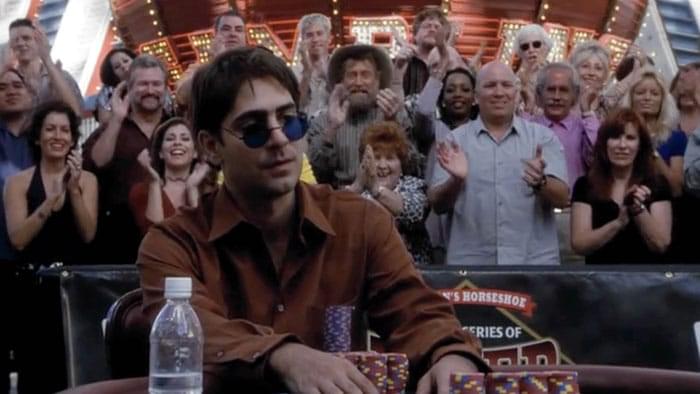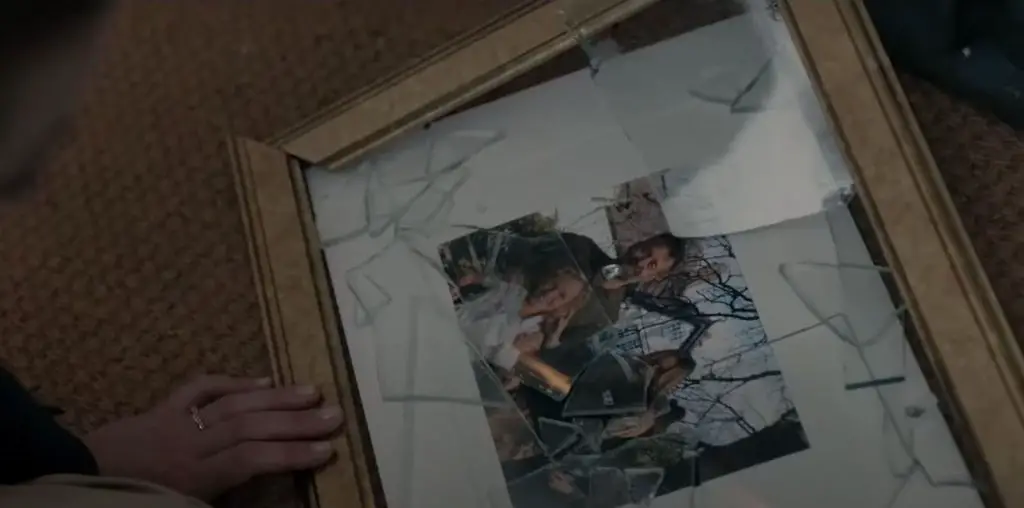
At first sight, the visual design of “Brand Upon the Brain!” may turn some viewers toward the exit. Ever fond of silent moviemaking, the film uses a postmodern approach to deconstruct early cinema and its melodramatic underpinnings. While the approach sounds like an overly intellectual exercise, the result toys with narrative conventions at every turn – and, thankfully, director Guy Maddin’s process teems with perverse fun.
When I say “silent,” I’m not describing an indie that occasionally borrows from early filmmaking. “Brand” is thoroughly engulfed in the genre: we get voiceover (Isabella Rossellini, having fun being in charge) explaining odd black-and-white action, and title cards with the melodramatic tone of the early American photoplays. This is a film obsessed with the appearances of its players – their gestures, intimations, and gazes that often instigate bizarre shifts in roles and relationships. Using a style well suited for the content, Maddin creates miming actions that are striking yet leave much textual interpretation open.
“Brand” is a feature-length flashback of a character named Guy Maddin (a self-referential part by Erik Steffen Maahs) who after 30 years returns to the lighthouse in which he was raised. As a painter, he’s been summoned to whitewash the structure – or, in this stark black-and-white aesthetic, bleach it away from sight. His brush rustles to paint “Two coats!-Three coats!” quickly, as splashes of a muddy pond run on the soundtrack. However, his return naturally means a trip to the past, as his work cannot prevent memories from seeping through the whitewash; in Guy’s frenetic bout to repress, there’s no such luck.
Canadian director Maddin – whose previous “The Saddest Music of the World” was also steeped in an alternate reality – proves committed to working in his genre, or at least working off from it. Maddin relates Guy’s job through a postmodern treatment of early Soviet montage: the quick edits leave the subject overcome by his surroundings, as any shot of Guy soon cuts to the results of his work. These turns create the pace of a writer working under the white heat of inspiration, which continues throughout the running time.
Maddin’s montage allows the content to shift from Guy in the present to his seriously bizarre childhood (here Guy is played by Sullivan Brown). It turns out that Guy’s lighthouse home was an orphanage run by his overbearing mother (Gretchen Krich). In depicting her, it’s as if Maddin is begging viewers to break out their dream interpretation books. While Guy’s mother, with a spyglass in hand, revolves in the lighthouse’s lookout like a Nazi bomber, she screams orders in a techno-bark, as if transmitted through television static (she could be a relative of David Lynch’s “Grandmother”). She is a gross over-exaggeration, as is much of the film, while shouting commands like “Dirt is Wrong!” to her charges, or crying in response to rejection from her children. But her overblown character fits right into Maddin’s approach, which is more concerned with his characters’ emotions than the realistic portrayal of events.
Mother’s orphans are oppressed, as are Guy and his much older “Sis” (newcomer Maya Lawson). As a figure committed to silent celluloid, this spunky and spiteful young woman radiates sexuality barely contained by her black and white image. Lawson uses accentuated, possessive gazes to show that her character is a product of such bizarre surroundings. While Sis’s mother gets pleasure out of disciplining her, her father (Todd Moore), a diligent inventor, makes just enough time to wield perverse punishment for her behind closed doors. (At night, when it’s time for love with mother, he approaches like Cesare from “Caligari” and descends upon her like Count Orlok.) All this transpires as young Guy has reached the horizon of sexual awakening – but too bad for him, the sexual repression around him creates nothing but perverse relations. No wonder these memories haunt the mind of the mature house-painter.
Maddin’s mapcap logic allows for the arrival of Wendy (Katherine E. Scharhon, another impressive newcomer), a young woman renown as a character from youth detective novels. Wendy is intent on discovering the truth of the orphanage/lighthouse, but the mystery’s quite a lot for a Nancy Drew type. One glance from the doe-eyed Wendy leaves young Guy wishing he has reached his full manhood. But her eyes move to Guy’s Sis, to let the sexually currents of the film swell even higher. As luring as these new developments are, in the end they fuel young Guy’s living nightmare. Trysts may occur, and Guy will frolic, but his ever-watchful mother immediately learns of the events.
With all the turns of Maddin’s text, his ideas remain textbook Freudian devices. Every new development highlights more over-sexualized relationships, and how a sexually awakened Guy may interpret the world through his desires. Many of the film’s shocks work off these conventional ideas, which may let down an audience ready to ponder the sensibility beneath such a unique style.
But true to the film’s melodramatic form, the plot turns please on a pure entertainment level and come fast enough to avoid any deliberate analysis. The tongue-in-cheek tone of the film’s title highlights how Maddin isn’t taking it all too seriously. Style rules over substance, and I find it hard to imagine Maddin’s scenario working without his brilliant visual aesthetic.
“Brand’s” contrasted black and white photography by Benjamin Kasulke brings out raw emotion from its players without rooting them in reality. The inquiring and possessive gaze that Sis lays upon Wendy screams through the screen, and we aren’t in the least concerned that her motivation is unclear. Seeing is believing, and the clever Maddin understands a dimension of his medium that many of his contemporaries won’t dare approach: with the right compelling images, anything is possible.

